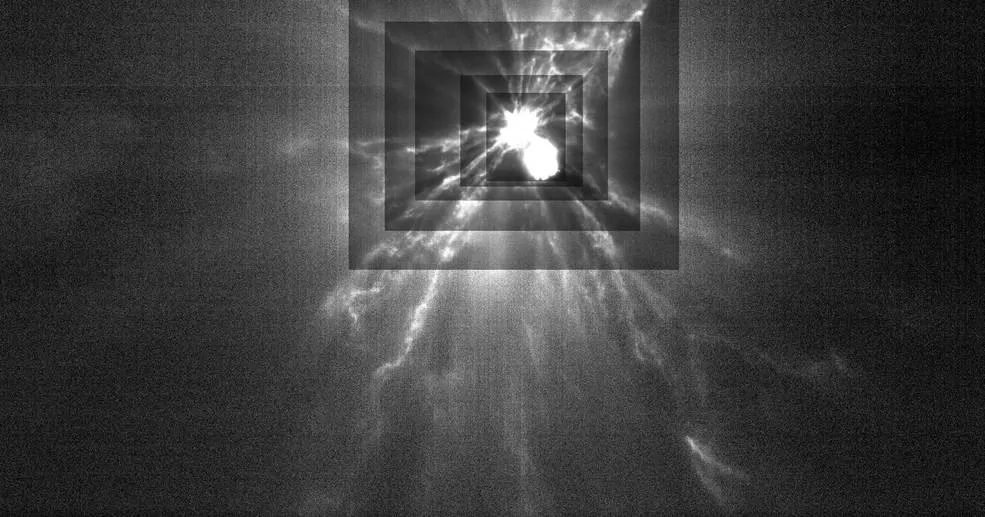
On 27 September, NASA’s Double Asteroid Redirection Test (DART) spacecraft scored a direct hit on its target asteroid, Dimorphos. Now, after three weeks of collecting and analysing data, the space agency has announced that the collision has successfully nudged the asteroid off its path.
The success marks the first time humanity has altered the motion of a celestial object and is a major step forward in defending the Earth from potentially devastating asteroid impact.
“All of us have a responsibility to protect our home planet. After all, it’s the only one we have,” said NASA Administrator Bill Nelson.
“This mission shows that NASA is trying to be ready for whatever the Universe throws at us. NASA has proven we are serious as a defender of the planet. This is a watershed moment for planetary defence and all of humanity, demonstrating commitment from NASA's exceptional team and partners from around the world.”
Following the impact, telescopes based here on Earth were trained on the asteroid to determine how much its orbit around its companion asteroid, Didymos, had changed.
The DART investigation team has now confirmed that the impact trimmed 32 minutes off the orbit time, shortening it from 11 hours and 55 minutes to 11 hours and 23 minutes.
While this may not seen particularly significant, even the smallest of nudges can drastically alter an asteroid's path due to the great distances they travel.
“This result is one important step toward understanding the full effect of DART’s impact with its target asteroid,” said Dr Lori Glaze, director of NASA’s Planetary Science Division at NASA Headquarters in Washington.
“As new data come in each day, astronomers will be able to better assess whether, and how, a mission like DART could be used in the future to help protect Earth from a collision with an asteroid if we ever discover one headed our way.”
The team is still acquiring data on the collision and hope to uncover more details about the impact.
“DART has given us some fascinating data about both asteroid properties and the effectiveness of a kinetic impactor as a planetary defence technology,” said Dr Nancy Chabot, the DART coordination lead from the Johns Hopkins Applied Physics Laboratory (APL) in Laurel, Maryland.
“The DART team is continuing to work on this rich dataset to fully understand this first planetary defence test of asteroid deflection.”
Read more about space exploration: